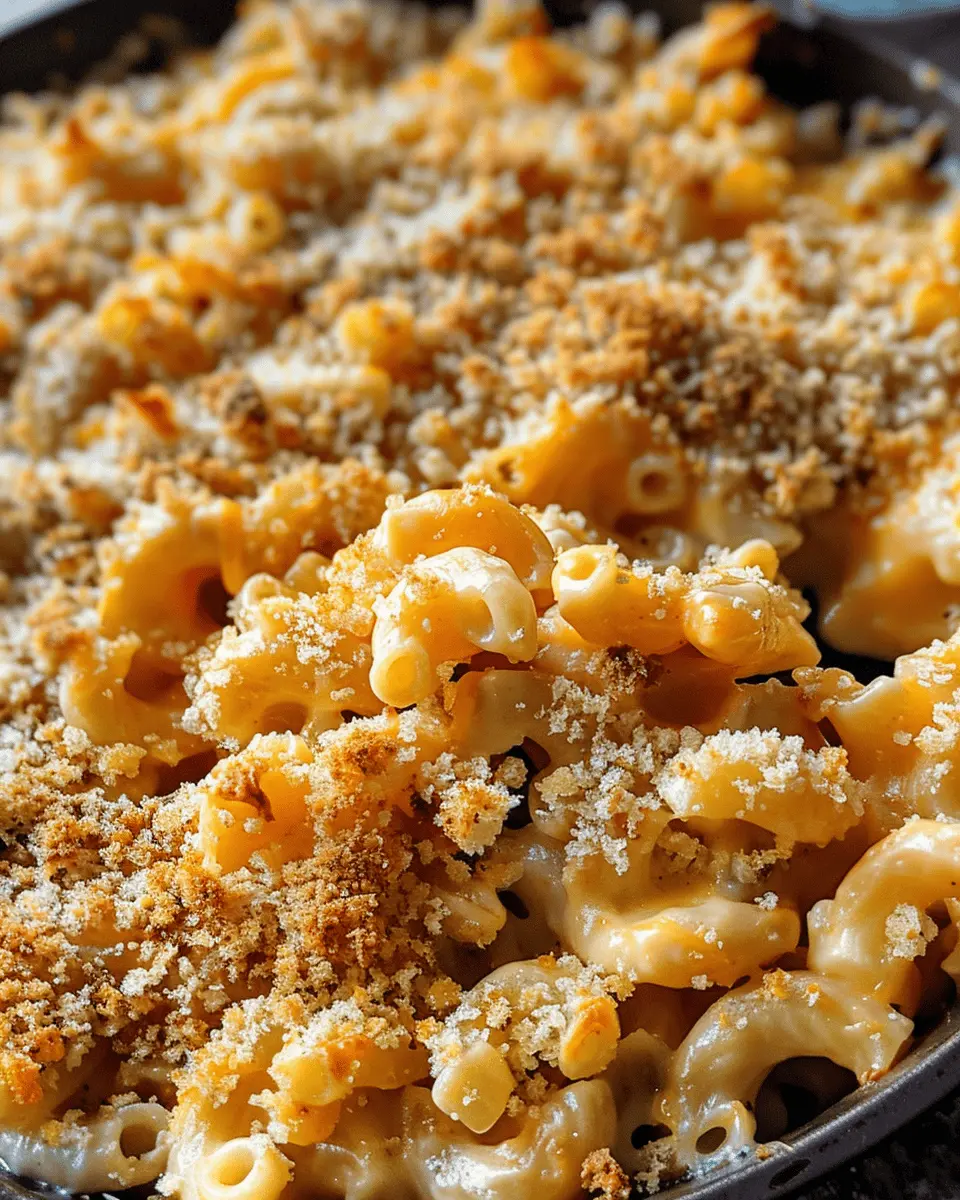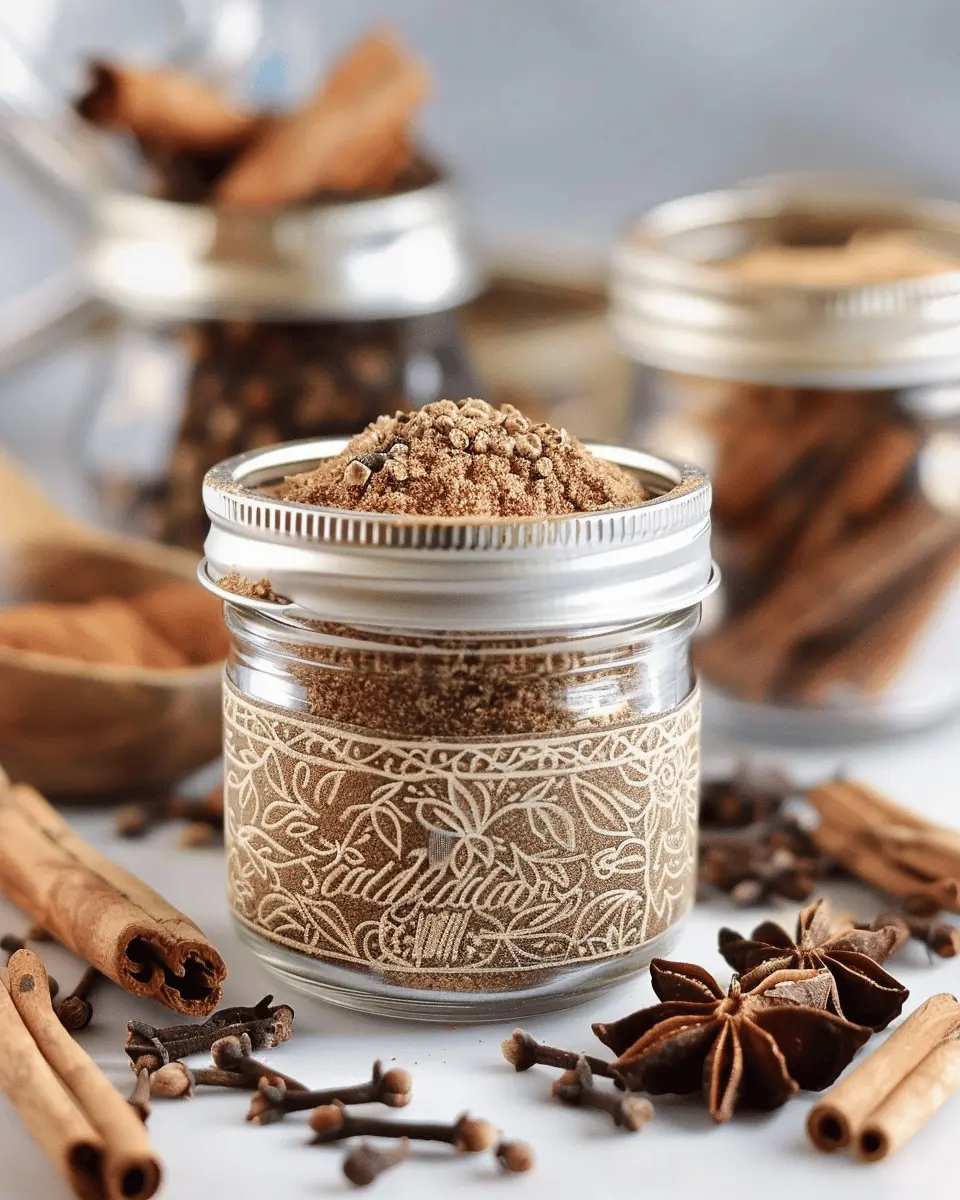Introduction to Croissant Bread
Why Croissant Bread? A Blend of Flakiness and Breadiness
Have you ever found yourself longing for the perfect fusion of flaky pastry and warm, comforting bread? Enter croissant bread, an innovative culinary creation that merges the best elements of both worlds. Imagine slicing into a loaf that is not only soft and airy on the inside but also boasts that delightful, flaky exterior you love about croissants.
So, why should you consider trying your hand at making croissant bread? First of all, it’s a fantastic way to elevate your breakfast game. According to a 2021 study by the American Institute of Baking, homemade breads, particularly those with a rich texture such as croissant bread, are growing in popularity, especially among younger professionals seeking culinary experiences at home. Plus, it’s surprisingly fun to make!
The layers of buttery goodness come from the same technique used in traditional croissant-making, where dough and butter are folded repeatedly to create those enticing layers. You can enjoy croissant bread with your favorite toppings, from Turkey Bacon to creamy spreads, or even embrace the simplicity of just a pat of butter. Its versatility is what makes it truly special.
And let’s not forget about the sheer satisfaction of baking something fragrant and impressive from scratch. Imagine pulling a freshly baked loaf from the oven, letting it cool just slightly, and then slicing through those crisp, golden layers—talk about a showstopper!
If you’re looking for an easy way to impress friends or brighten your morning routine, croissant bread is the answer. You can explore creative flavor combinations or keep it classic with a touch of sea salt and a drizzle of olive oil. The possibilities are endless!
So, why not dive into this delightful baking project? Let’s get started on making your very own croissant bread, and trust me, you won’t regret it. Need some inspiration? Check out this experts’ guide on bread baking for tips and tricks to perfect your skills! With just a little time and patience, you’ll be on your way to becoming the croissant bread connoisseur among your friends.

Ingredients for Croissant Bread
Essential Ingredients for Perfect Croissant Bread
To make delightful croissant bread, you don’t need to be a master baker, but a few essential ingredients are key to achieving that flaky, buttery perfection. Here’s what you’ll need:
- All-purpose flour: This forms the base of your dough. Look for a high-quality brand to ensure the best results.
- Unsalted butter: This is crucial for flavor and texture. Using cold butter allows for better layering, giving you that beautiful flakiness.
- Active dry yeast: Vital for leavening, it helps your croissants rise.
- Milk: Whole milk adds richness and moisture.
- Sugar: Just a small amount helps enhance the flavor.
- Salt: Essential for balancing the sweetness and building the dough’s structure.
Necessary Kitchen Tools for Success
Having the right kitchen tools can dramatically improve your croissant bread-making experience:
- Rolling pin: For spreading out the dough evenly.
- Pastry brush: This is handy for applying egg wash, which gives your croissants an attractive golden crust.
- Baking sheets: A sturdy surface ensures even baking.
- Parchment paper: This helps with easy clean-up and prevents sticking.
With these ingredients and tools in your kitchen arsenal, you’re well on your way to baking delicious croissant bread that will impress family and friends. For additional tips on perfecting your baking, check out resources like King Arthur Baking. Happy baking!
Step-by-Step Preparation of Croissant Bread
Making croissant bread at home can seem like a daunting task, but with the right guidance, it transforms into a rewarding experience. This flaky and rich delight can be enjoyed fresh from the oven, making the effort truly worth it. Let’s dive into how you can achieve this in your own kitchen!
Preparing the Dough
The first stage of your croissant adventure begins with the dough. Start with these fundamental ingredients:
- 4 cups all-purpose flour
- 1/2 cup sugar
- 1 tablespoon salt
- 1 tablespoon instant yeast
- 1 1/2 cups whole milk (warm)
- 1/2 cup unsalted butter (softened)
Begin by mixing the dry ingredients—flour, sugar, salt, and yeast—in a large bowl. In another bowl, combine the warm milk and softened butter, stirring until fully integrated. Slowly pour the wet ingredients into the dry mixture, stirring with a wooden spoon until a soft, shaggy dough forms. This dough will be your canvas for creating that magnificent croissant bread texture.
Next, turn the dough out onto a floured surface. Knead it for about 5-10 minutes until it’s smooth and elastic. Here’s a quick pro tip: if you’re not sure whether the dough is ready, perform the windowpane test. Stretch a small piece of dough—if it can form a thin, translucent sheet without tearing, you’re good to go! Once kneaded, place the dough in a lightly oiled bowl, cover it with plastic wrap, and let it rise in a warm place until it doubles in size, about 1-2 hours.
For more insights on dough preparation, check out resources like King Arthur Baking.
Laminating the Dough with Butter
Once your dough is beautifully risen, it’s time to incorporate the magical layer of butter, which is essential for that signature flakiness. Start by preparing a butter block:
- 1 1/4 cups unsalted butter (cold)
- 1/4 cup all-purpose flour
Shape the cold butter into a rectangle about 1/2 inch thick and freeze it for about 10-15 minutes. Meanwhile, roll your risen dough into a large rectangle (around 16×10 inches). Place your chilled butter block in the center of the dough, folding the edges over to encase the butter completely.
Now comes the fun part—lamination. Roll the dough (with the butter inside) into a long rectangle, then fold it into thirds, like a letter. This process is called a “letter fold,” and it will create those flaky layers. Repeat this rolling and folding process two more times, chilling the dough in between if it becomes too warm. This step can feel a bit like a workout, but each fold builds the structure for your croissant bread. Be patient; the payoff is delicious!
Shaping and Proofing the Bread
After your dough has been well-laminated, it’s time to shape the croissants. Roll the dough out to about 1/4 inch thick and cut it into triangles. The wider end of each triangle should be about 4 inches across. Then, starting from the wide end, roll the triangle towards the tip, giving it a nice little curl as you go.
Place these shaped croissants on a baking sheet lined with parchment paper, allowing some space for them to expand. Cover them lightly with plastic wrap and let them proof in a warm spot for about 1 hour. You should notice them puffing up nicely!
Before baking, preheat your oven to 375°F (190°C). Brush the tops with a mixture of egg yolk and cream for that golden sheen, and they’re ready to bake!
Seeing your croissant bread puff and turn golden brown in the oven is such a joy—an accomplishment that fills your kitchen with a heavenly aroma. So, ready to indulge in this homemade delight? This is not just about enjoying croissant bread; it’s about the experience and the memories you create along the way.
For more baking tips, consider checking out Bon Appétit’s Guide on pastry techniques. Happy baking!

Variations on Croissant Bread
Almond Croissant Bread for Nut Lovers
If you’re a fan of nuts, almond croissant bread might just be your new obsession. Enhanced with the rich flavors of almond paste and sliced almonds, this variation offers a delightful crunch that pairs perfectly with your morning coffee. As you bake, the aroma will fill your kitchen—a delicious invitation for anyone nearby. To make this version, simply fold almond paste into your dough, then sprinkle the sliced almonds on top before baking. The nutty sweetness combined with the flaky layers creates a palate-pleasing experience. Curious about nut allergies? It’s always a good idea to check with guests before serving.
Tip: Consider pairing this with a drizzle of honey or a dollop of whipped cream for an elevated treat. You can find more nut-based deliciousness on sites like AllRecipes for a wealth of inspiration.
Chocolate Croissant Bread for Sweet Tooths
For those who can’t resist a touch of sweetness, chocolate croissant bread is an absolute must-try. Imagine flaking apart layers of buttery dough to reveal molten chocolate hidden within. Yes, please! To whip up this delightful version, you can simply add a few chocolate chips or pieces of dark chocolate into the dough before rolling it up. Some even choose to melt chocolate for a gooey center—just be mindful of the baking time, as the filling might ooze out.
This sweet treat screams brunch or a cozy evening at home. You might even find a recipe or two on renowned sites like Bon Appétit for some extra tips on perfecting your chocolatey experience.
No matter which version you choose, these variations on croissant bread will not only impress your guests but also satisfy any craving for delicious baked goods!
Baking Tips and Techniques for Croissant Bread
Creating the perfect croissant bread can be an enjoyable challenge, and with a few tips and techniques, you can achieve bakery-worthy results at home.
Key Baking Techniques for Best Results
-
Use Quality Ingredients: Start with high-quality butter and flour. Real butter contributes to that rich flavor and flaky texture, while a good flour, like bread flour, gives structure.
-
Temperature Control: Keep everything cool! From your ingredients to your workspace, maintaining a lower temperature during the lamination process helps avoid melting the butter, which is crucial for those delicate layers.
-
Kneading and Folding: Proper kneading develops gluten, giving the dough strength. Fold the dough correctly to incorporate air and maintain flakiness. Those layers are what make croissant bread so special!
-
Resting Time: Don’t skip the resting periods. Allowing the dough to rest helps relax the gluten and makes rolling it out much easier.
For more tips on flaky, buttery pastries, check out King Arthur Baking for additional expert insights. Remember, practice makes perfect, so don’t be discouraged if your first batch isn’t flawless. Each attempt is a step closer to croissant nirvana!

Serving Suggestions for Croissant Bread
Enjoying Croissant Bread Toasted vs. Freshly Baked
When it comes to croissant bread, the way you serve it can elevate your dining experience. Imagine the delightful contrast between enjoying it fresh from the oven versus toasted to perfection—both are equally satisfying but cater to different moods and occasions.
Freshly baked croissant bread provides that warm, buttery goodness that melts in your mouth. Slice it open and add your favorite spreads—think rich cream cheese, delicious fruit preserves, or even a drizzle of honey for a sweet touch. Pair it with fresh fruit or yogurt for a fulfilling breakfast.
On the other hand, serving your croissant bread toasted offers a crunchy exterior that complements a savory spread. Consider adding turkey bacon or chicken ham, along with a thin layer of avocado. This balance makes for a delightful brunch option or a satisfying snack.
For more ideas on how to enjoy croissant bread, check out Bon Appétit’s guide to pastries or The Kitchn’s breakfast ideas. Explore the endless possibilities and find your favorite way to indulge!
Tips for Making Perfect Croissant Bread
Common Mistakes to Avoid
Making croissant bread might seem daunting, but a few common pitfalls can easily be sidestepped. First, ensure your dough is at the right temperature; if it’s too warm, the butter can melt, ruining those coveted layers. Leaving out the resting periods can also lead to tough dough.
Make sure to avoid using whole wheat flour; it can make the croissant too dense. Instead, opt for all-purpose or bread flour for that airy texture. If you’re unsure about baking times, trust your instincts—keep a close eye on your croissants, as they can quickly go from golden brown to overdone.
Expert Recommendations for Flaky Layers
To achieve those flaky layers that make croissant bread a treat, the key is in the lamination process. Here are some tips to elevate your baking game:
- Proper Butter Placement: Use high-quality, cold butter. Make sure it’s encased properly in the dough to avoid leakage.
- Roll Evenly: When rolling out the dough, apply gentle, even pressure. This helps in creating uniform layers.
- Folding Technique: Master the classic “three-fold” method. This technique not only builds those layers but also incorporates air for puffiness.
Curious about more techniques? Check out this detailed guide on lamination from King Arthur Baking.
With these practical tips, you’ll bring your croissant bread to new heights, impressing friends and family alike!
Time Breakdown for Croissant Bread
Preparation Time
Creating croissant bread is a labor of love, and it starts with about 20-30 minutes of hands-on preparation. This includes mixing the dough, folding in layers of butter, and then shaping it. Plus, don’t forget to set aside time for chilling between folds—a crucial step for that flaky texture!
Baking Time
Once you’ve completed the preparation, the baking process itself is a breeze. Your croissant bread will need about 25-30 minutes in the oven at a high temperature, ensuring a beautiful golden finish.
Total Time
In total, while the active cooking time is relatively short, the entire process may span over several hours due to resting and rising. Considering all factors, you should budget about 4 to 5 hours for the complete journey from dough to delightful croissant bread. As any baker would tell you, patience is key!
For more baking tips, check out resources from the American Bakers Association or the Joy of Baking for expert insights!
Nutritional Facts for Croissant Bread
Calories per Slice
When indulging in a slice of croissant bread, you’ll find it packs around 300 calories. While that might seem high, consider that you’re also enjoying a deliciously flaky texture and rich flavor that few other breads can match—it’s all about moderation!
Nutritional Benefits
Indulging in croissant bread isn’t just about calories; it also offers some nutritional benefits. Here’s a quick overview:
- Carbohydrates: Provides essential energy.
- Fat: While high in healthy fats, it can satisfy your cravings when paired with nutritious toppings.
- Protein: Contains some protein, especially when served with toppings like Turkey Bacon or Chicken Ham for added sustenance.
Incorporating croissant bread thoughtfully into your meals—like with a side of fresh fruit or avocado—can balance your nutrition beautifully.
For more information on the benefits and nutritional details of bread products, check out reputable sources like Harvard Health and Nutrition.gov.
Remember, eating well is about the overall picture, not just individual ingredients!
FAQs about Croissant Bread
Why is my croissant bread not flaky?
If your croissant bread lacks that signature flakiness, it usually comes down to a few common culprits. First, ensure that the butter you use is at the right temperature; it should be cold but pliable. If your dough becomes too warm during the rolling and folding process, the layers can meld together, preventing that lovely flakiness. Also, consider the number of folds you perform — the more layers you create, the flakier your end product will be. For tips on perfecting your layered technique, check out resources like King Arthur Baking.
Can I freeze croissant bread for later?
Absolutely! Freezing croissant bread is a great way to enjoy it later without sacrificing taste or texture. Allow your croissants to cool completely, then wrap them tightly in plastic wrap and place them in a freezer-safe bag. They can be stored for up to three months. When you’re ready to indulge, simply reheat them in the oven at 350°F (175°C) for about 10-15 minutes for that fresh-from-the-oven taste.
What are the best toppings for croissant bread?
The beauty of croissant bread lies not just in its layers but also in its versatility. Here are some delightful topping ideas:
- Cream Cheese: Spread a layer of cream cheese and top it with smoked salmon or Turkey Bacon for a gourmet twist.
- Chicken Ham and Cheese: Melt some cheese over Chicken Ham for a savory treat.
- Fruits and Nut Butters: Try a spread of almond butter and sliced bananas for a sweet breakfast option.
- Avocado: Mash some avocado on top, sprinkle with salt and pepper, and you have a healthier option ready to go.
For more topping inspirations, visit food blogs like Epicurious for creative ideas that can elevate your croissant experience.
Conclusion on Croissant Bread
Final Thoughts on Your Baking Adventure
Baking croissant bread at home is not just a culinary challenge; it’s a rewarding experience that elevates your skills and fills your kitchen with delightful aromas. As you take your first bite, you’ll appreciate the flaky layers and buttery richness that makes this bread so extraordinary. Don’t be afraid to experiment with fillings, like turkey bacon or chicken ham, which can take your creation to the next level.
Remember, practice makes perfect! For tips and tricks on improving your baking techniques, check out Serious Eats or King Arthur Baking. Enjoy the journey of baking and savor every delicious moment!
PrintCroissant Bread: The Best Recipe for Flaky, Indulgent Mornings
A delightful recipe for making the perfect Croissant Bread, ideal for indulgent mornings.
- Prep Time: 30 minutes
- Cook Time: 30 minutes
- Total Time: 1 hour
- Yield: 1 loaf 1x
- Category: Breads
- Method: Baking
- Cuisine: French
- Diet: Vegetarian
Ingredients
- 2 cups all-purpose flour
- 1 cup warm milk
- 1/2 cup unsalted butter
- 2 tablespoons sugar
- 1 packet active dry yeast
- 1 teaspoon salt
- 1 egg
Instructions
- In a bowl, combine warm milk and sugar. Sprinkle yeast on top and let it sit until foamy.
- In another bowl, mix flour and salt. Add the yeast mixture and melted butter, then mix until a dough forms.
- Knead the dough on a floured surface until smooth.
- Let the dough rise in a warm place until doubled in size, about 1 hour.
- Roll out the dough and fold in layers, then shape into croissant loaves.
- Place in a greased loaf pan and let rise again.
- Bake at 375°F (190°C) for 25-30 minutes until golden brown.
- Cool before slicing and serve.
Notes
- For extra flaky layers, chill the dough before rolling.
- Experiment with different fillings like cheese or chocolate.
Nutrition
- Serving Size: 1 slice
- Calories: 250
- Sugar: 3g
- Sodium: 200mg
- Fat: 12g
- Saturated Fat: 7g
- Unsaturated Fat: 3g
- Trans Fat: 0g
- Carbohydrates: 30g
- Fiber: 1g
- Protein: 5g
- Cholesterol: 50mg
Keywords: Croissant, Bread, Baking, Recipe, Flaky













